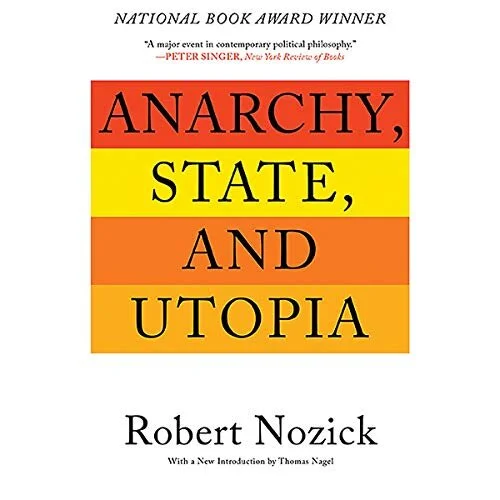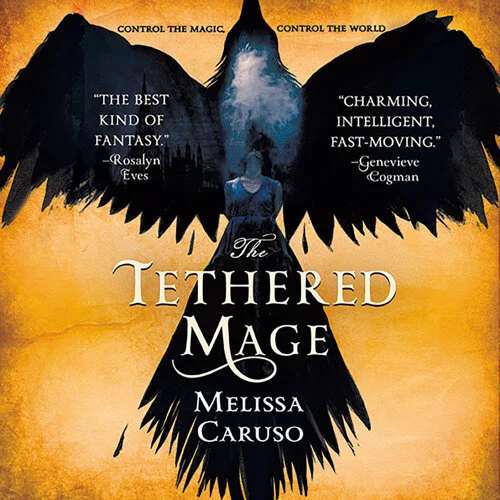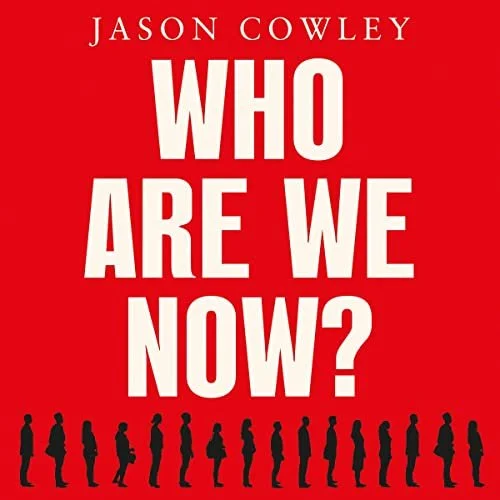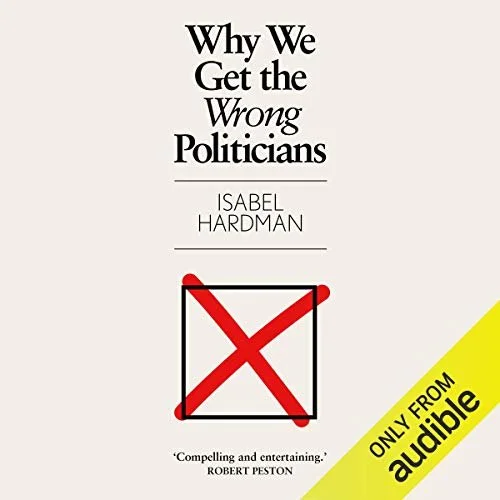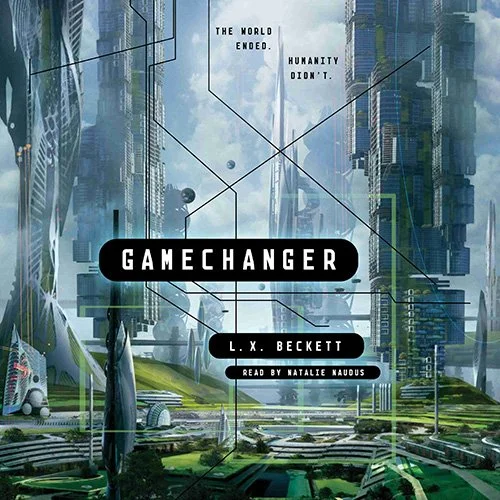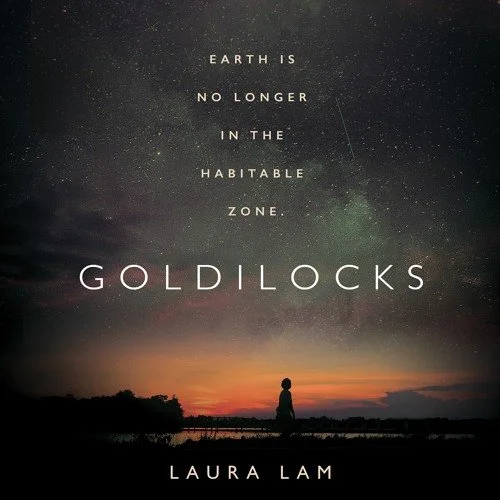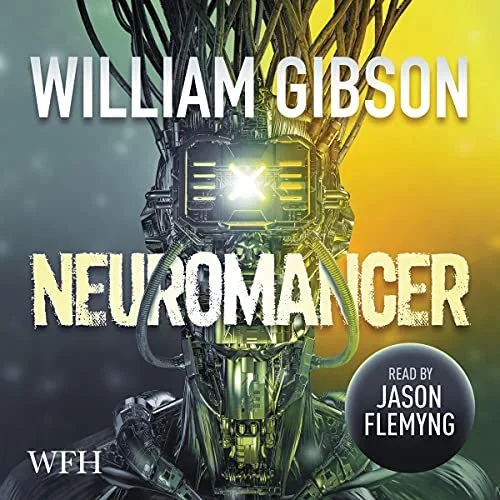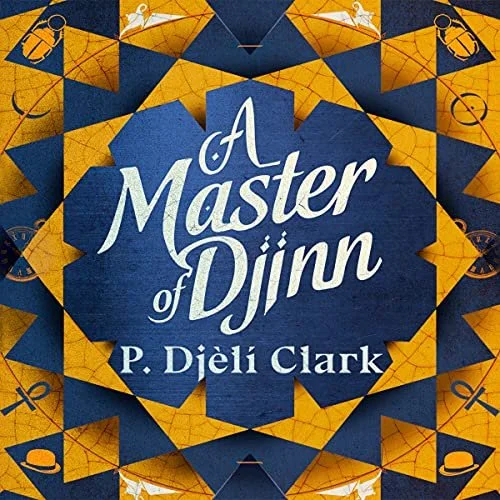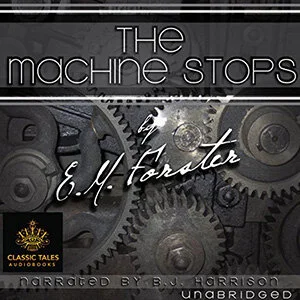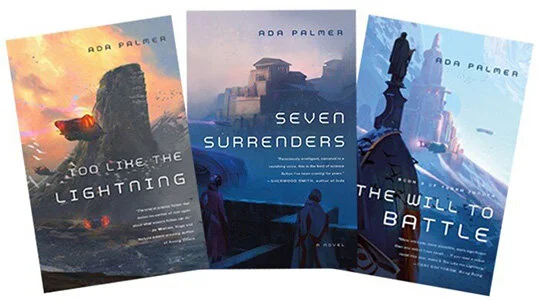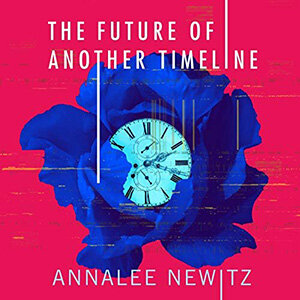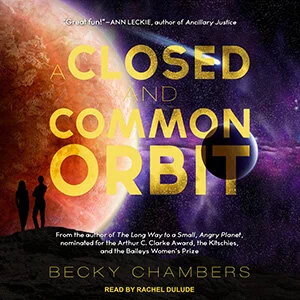Space stations, spaceships, Benjamin Constant and two types of liberty
In CJ Cherryh’s novel Downbelow Station the characters live on a space station orbiting the world Pell, that itself circles a sun far distant from Earth. In Becky Chamber’s novel The Long Way To A Small Angry Planet, the characters live on a ship that travels from place to place building wormholes to make intergalactic travel easier.
There are many differences between these two novels. Chamber’s novel has more aliens and types of aliens than Cherryh’s does. It’s also set on a ship that visits many places rather than a station that orbits one world.
Philosophically and politically, I see another crucial difference between these two novels in how the characters experience liberty. Liberty is not the theme of either of these novels, but the characters’ of both books are free, to a degree, to pursue their lives as they want to live them and this degree is where a lot of the drama in both novels comes from. The thing is, the characters of these books are free in different ways.
From outer space to the French Revolution
To understand the different types of liberty a society might have, we need to travel from the future into the past to look at the work of Swiss-French writer, activist and political theorist Benjamin Constant.
Constant lived during interesting times. He lived in France and in his life he saw the French Revolution, The Terror, the Rise of Napoleon, the rise of the First French Empire, Napoleon's armies rolling across Europe, Napoleon's eventual defeat, the Bourbon Restoration and he lived just long enough to experience the July Revolution.
These were the awkward teenage years of modern democracy, where it was figuring out what it wanted to be and had frequent outbursts of volatility. Revolutions, tyrants, utopian hopes and blood baths were a feature of Constant’s life. During this time Constant wrote and lectured on the big political topics of his time: democracy and liberty.
Ancient liberty and modern liberty
Today, Constant is best remembered for delivering a speech that was turned into an essay called The Liberty of Ancients Compared with that of Moderns, as well as writing a Romantic novel with the unfortunate title of Adolphe. In this lecture he outlined two different types of liberty, which are the types enjoyed by the people of Downbelow and the Wayfarer. Brace yourself, the comparisons will be coming thick and fast from this point.
Ancient liberty and Downbelow Station
The first type of liberty that Constant described is Ancient Liberty. Constant contrasted ancient liberty, which existed mainly in Ancient Greece, with how liberty was thought of in France in 1819 when he gave the lecture, a few years after the final defeat of Napoleon.
Constant described Ancient Liberty as collective, something a group of people (living in a city or kingdom) enjoyed. If your state was free then you were free. If your state was not free, usually because it lost a war, then you were not free. This connects to the Ancient Greek idea of the Argo, or public square, where discussion was held and your freedom was expressed.
Although there are many societies in science fiction and fantasy inspired by Ancient Greece, this idea reminded me of Cherryh’s Downbelow Station, orbiting around Pell or “Downbelow” as the characters refer to it.
Military rule
The citizens of the Downbelow Station enjoy freedoms similar to the ones we enjoy (I am assuming that you are reading this in a liberal democracy). They have freedom of expression, freedom of religion, they can start a business and are free to congregate as they please. The station is run more like a corporation than state and is dominated by one family: the Konstantins, but for the purposes of this analogy it functions like a free state.
In the novel, the station suddenly finds itself on the frontline of an interplanetary conflict between the Company, who built the station, and a breakaway group of humans called The Union. The station is then occupied, first by the Company’s military forces then the Union’s.
Lack of ancient liberty
What happened under military rule is similar to Constant’s idea of when ancient liberty is taken away. It is a collective lack of freedom that the station experiences, the identity of the station was that they were free and it is replaced by repression under the military.
This is the essence of what Constant thought was different about ancient liberty. The collective, city or state, being free or not free. The citizens express their freedom publicly when the station is not under military rule. When the military invades from outside of the Pell system and takes over, the people of Downbelow Station are not free anymore.
Modern liberty and the Long Way To A Small Angry Planet
Constant said that liberty in the modern world was different from what it meant in ancient times and what I have described on Downbelow Station. Rather than liberty being something we experience as a collective, it has become something that we experience as individuals. Liberty for moderns is the freedom to choose, to be different, to do things that other people don’t approve of. Modern liberty means the freedom of religion or political beliefs. These are things we can do in private.
A sci-fi novel that explores this form of liberty is Becky Chamber’s novel The Long Way To A Small Angry Planet. It’s also space based, but it follows a group of humans and other species who all live and work on a ship called the Wayfarer.
The Wayfarer flies around the galaxy building tunnels through space to improve intergalactic transportation connections. The crew are a diverse bunch of different humans and aliens, from different worlds and of different species. Different chapters of the novel focus on different characters, exploring their individual personalities and dramatising their conflicts with other characters.
Modern liberty in a spaceship
The crew of the Wayfarer are all different, even different species, but there is tolerance of their differences. They all live together, privately living their lives according to how they want to live, based on their biology, culture or religion. They have the freedom to be themselves, but it is individual and not collective.
Constant’s idea of Modern Liberty is so inclusive that it applies to a group of humans and aliens living in a ship together. We have Modern Liberty (again I’m assuming you live in a liberal democracy and that you aren’t reading this from Myanmar) and it’s not difficult for us moderns to imagine the same idea applied to aliens. Ancient Liberty is harder for us to intuitively understand.
From liberty to tyranny
One of the key points that Constant made is that you cannot force one type of liberty onto the other civilization. He believed that the French Revolution failed because it tried to create Ancient Liberty in a modern society. Modern societies are much bigger and more diverse than they were in the ancient world. The only way to make Ancient Liberty work in a modern society is to make everyone the same, which is a fast route to tyranny.
Stamping out Modern Liberty and replacing it with Ancient Liberty is where Constant thought the French Revolution failed. You can see this pattern of failure in revolutions that promise utopia and end in tyranny; the Bolshevik Revolution in Russia is the ur- example of this. If you try to make everyone the same, to create Ancient Liberty, you get tyranny and ultimately bloodshed.
The collective life of the people on the Downbelow Station, where everyone is human and part of the same culture (leaving aside the Hisas, a stone age civilization that is native to Downbelow) would not work imposed on the people of the Wayfarer. They’re too different from each other. They need their private freedoms to live their lives.
Keeping an eye on those in power
Constant believed that you needed both Ancient and Modern Liberty for a healthy society. You need Modern Liberty because we are all different and want to live different, individual lives. Modern Liberty protects us from tyrants, from Maximilien Robespierre to Joseph Stalin. However Constant said we also need Ancient Liberty, because we need to protect ourselves from subtle tyrants.
Constant was wary of us disappearing into our private lives and losing the civic engagement of ancient societies. If we all live our separate, private lives then we cannot keep an eye on our leaders or governments, which means we won’t know that they’re subtly transforming into tyrants before it’s too late. We need Ancient Liberty with its public civic engagement to keep a check on those with power.
Critic of Leviathan
Constant was a critic of Thomas Hobbes’s ideas about the state, which he outlined in Levitahan (and I discussed here.) He thought that Ancient Liberty would prevent the Sovereign from becoming an unaccountable tyrant. On the Wayfarer the captain’s benevolent authority is never challenged, but in a larger society, we need to keep a check on those who wield the awesome power of a modern state, aka a Levithan.
These novels show that there are different ways for societies to exist in fiction or in our world, and different ideas of liberty for different societies. What we need in our world is the best of both, to safeguard our freedoms and our right to live our own individual lives.
Thank you to David Runciman for his lecture on Benjamin Constant in his podcast Talking Politics: A History of Ideas, which inspired me to write this post and which I drew heavily on for my understanding of Constant’s ideas.


